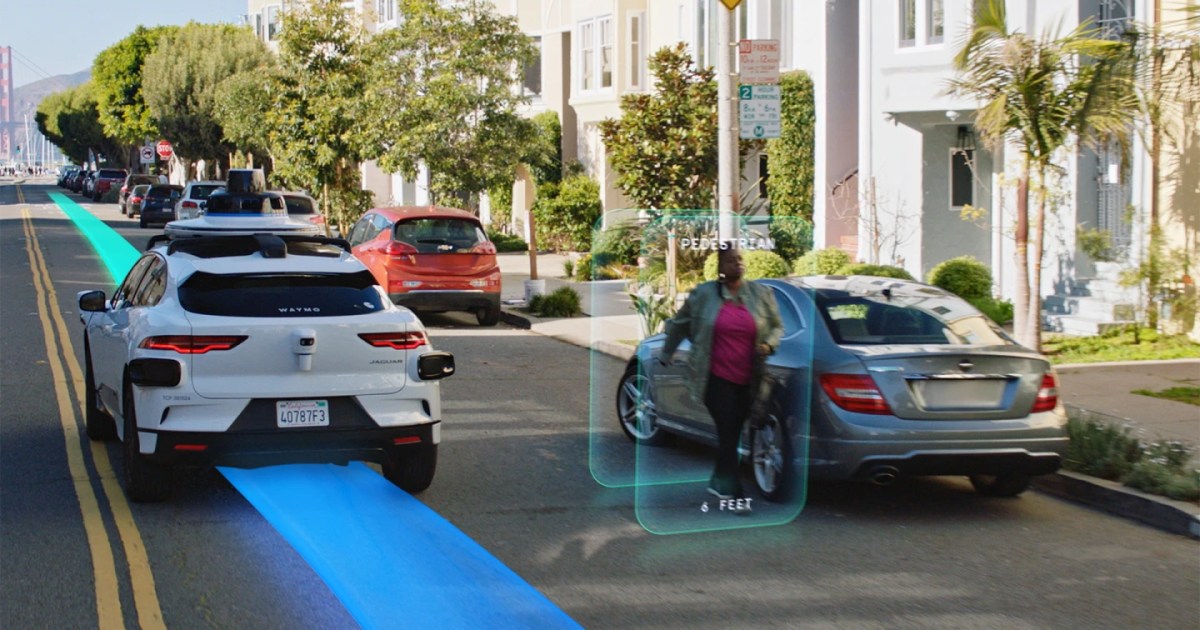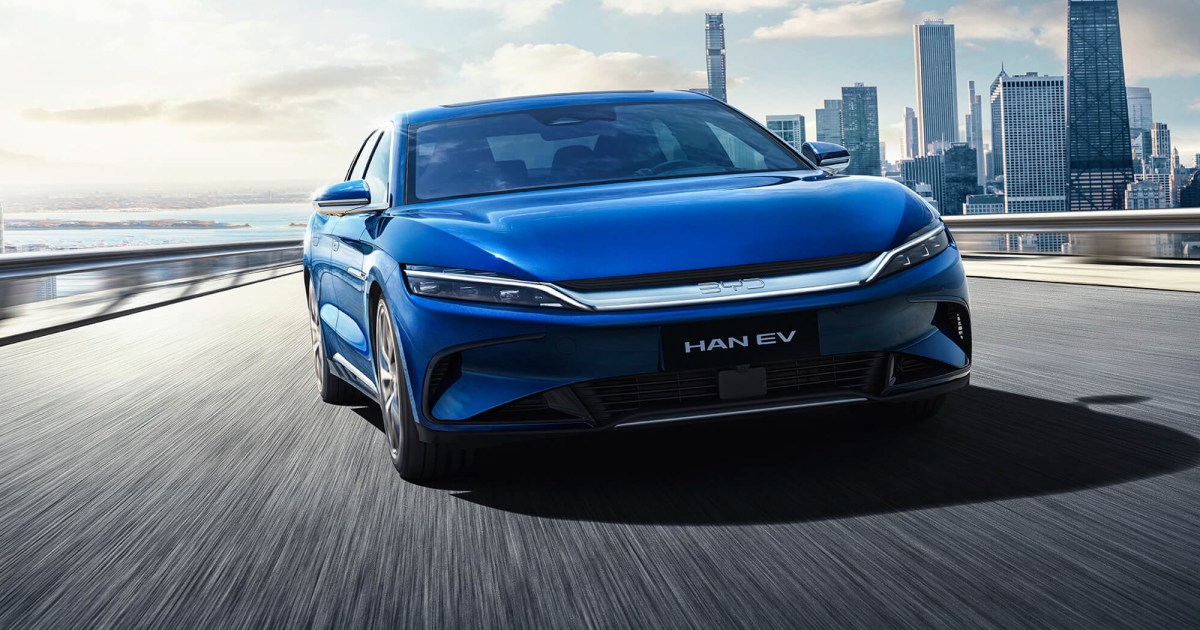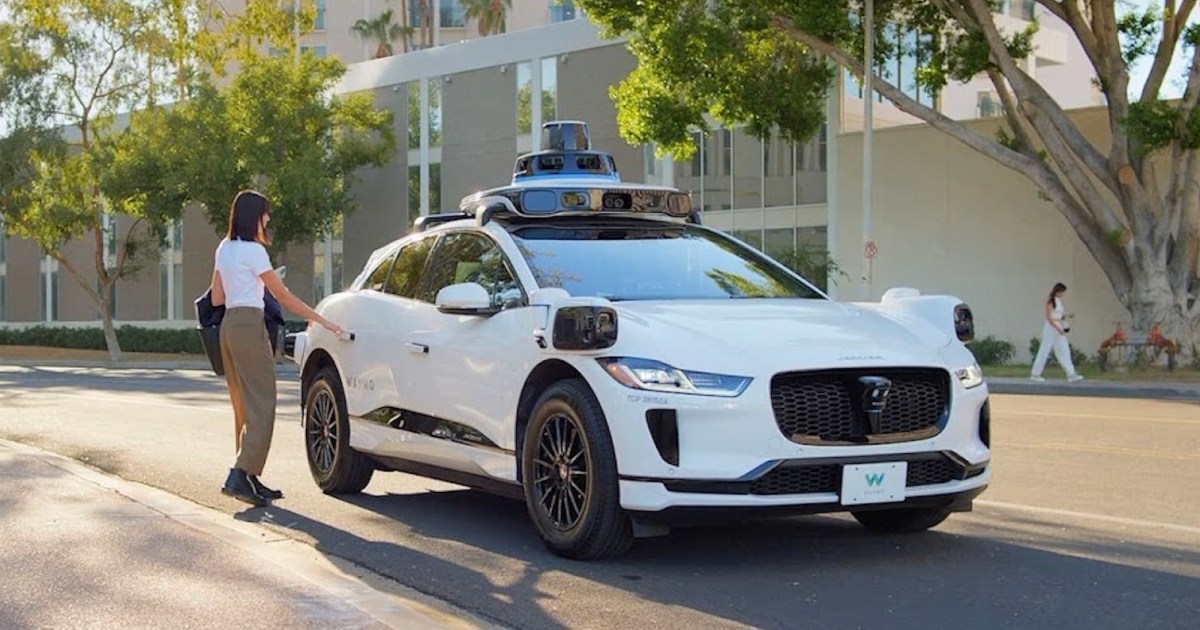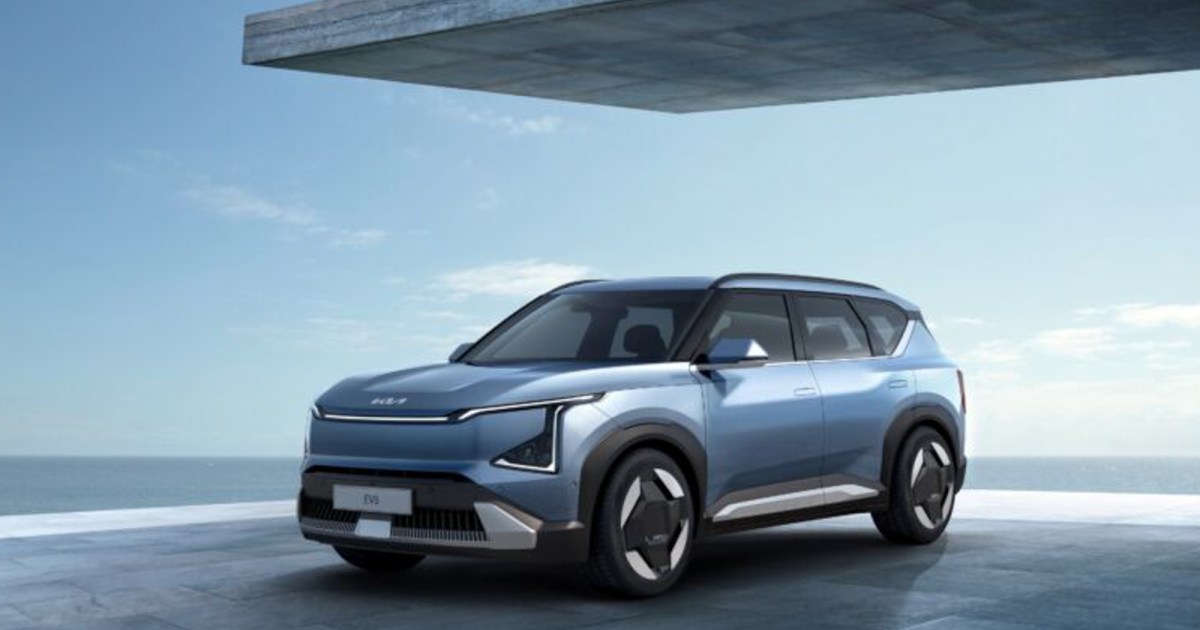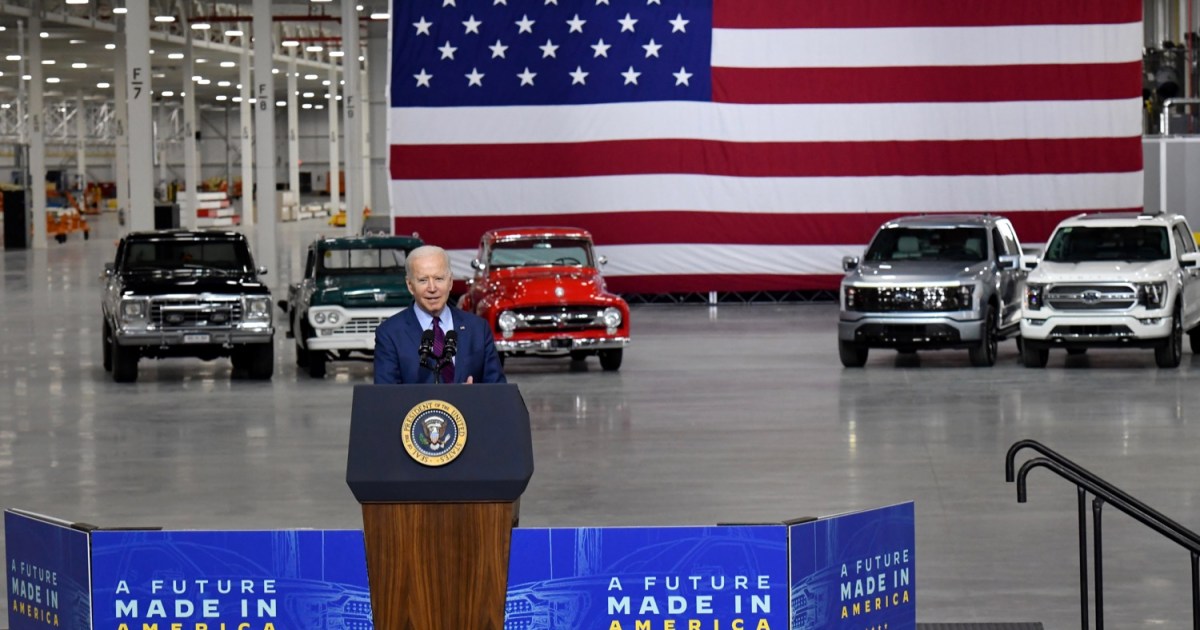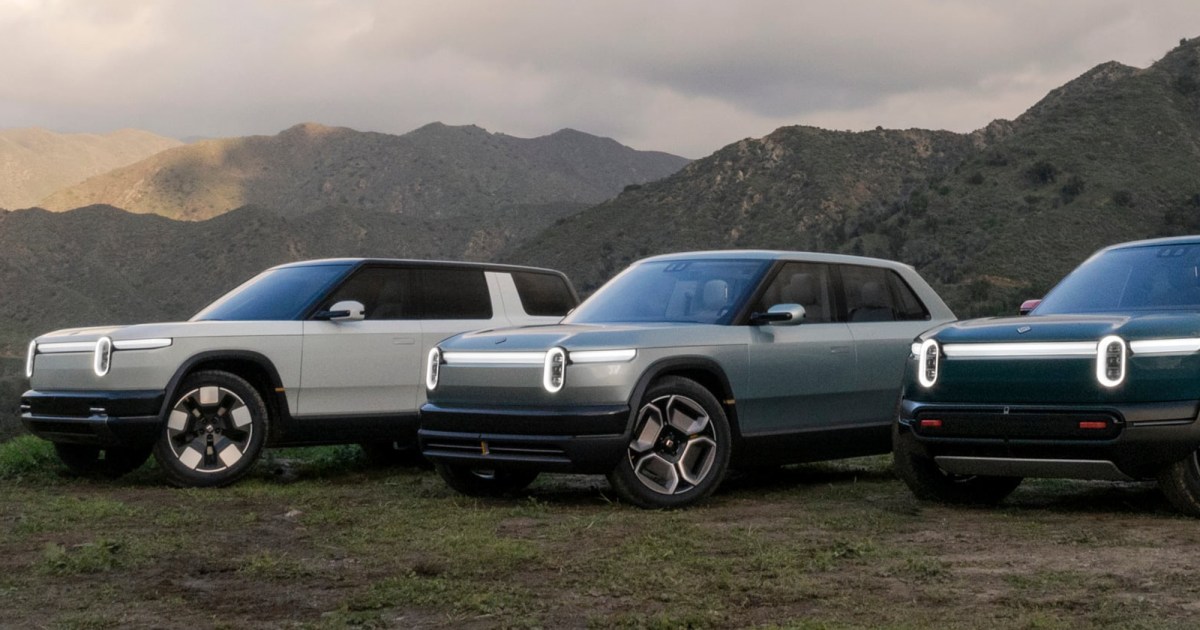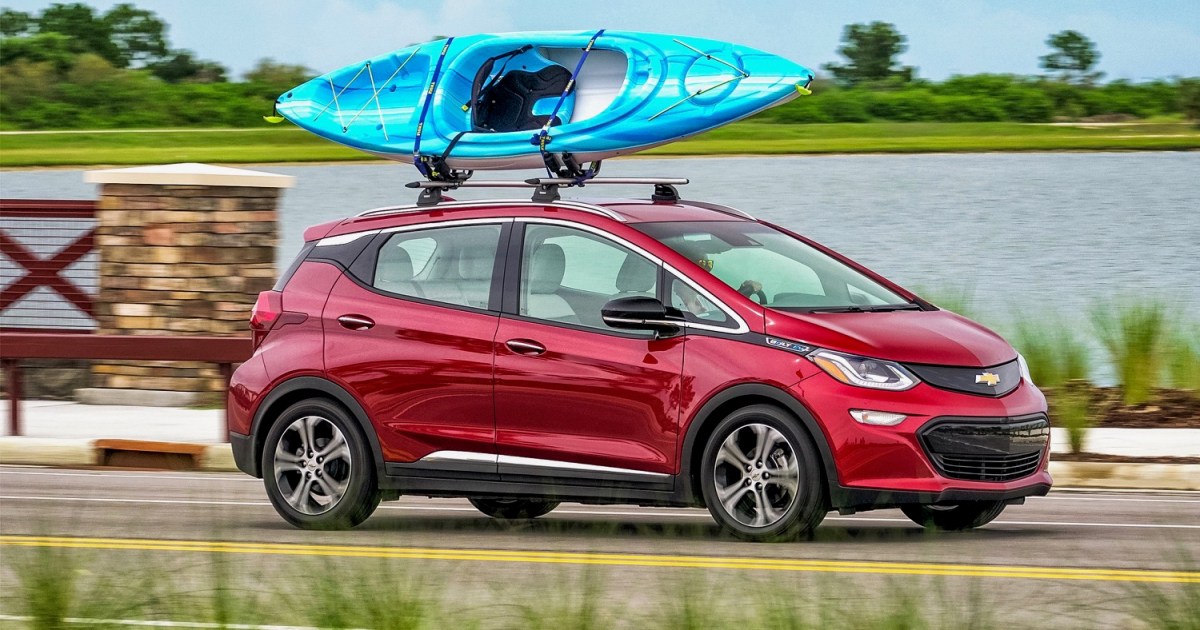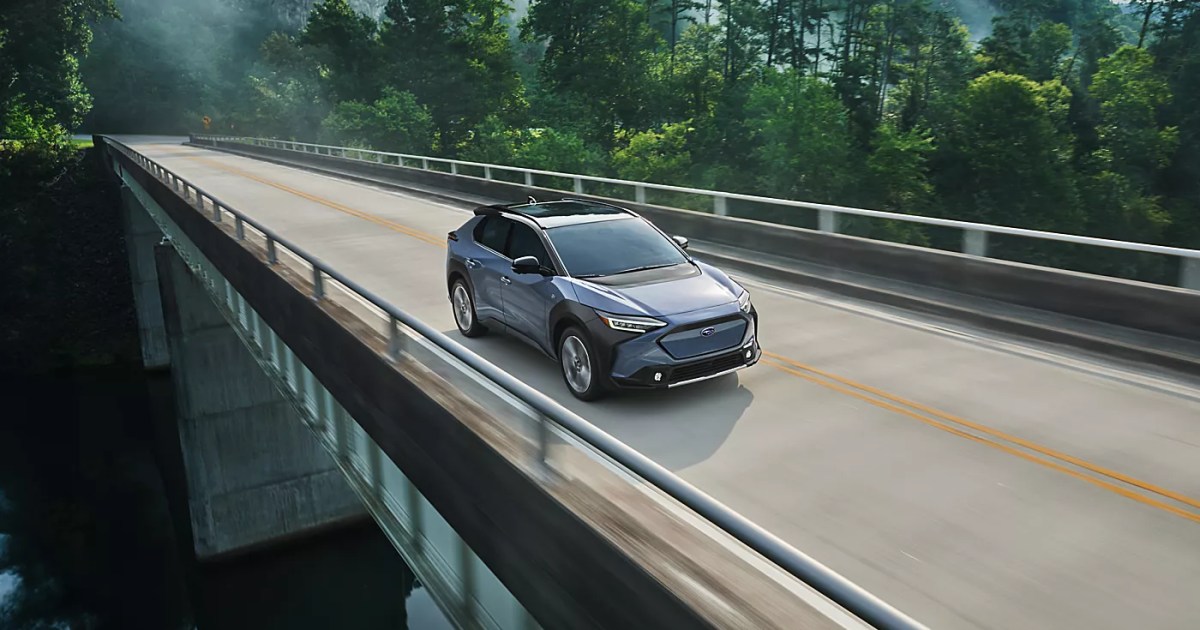Waymo, a leading robotaxi operator, has partnered with Nexar, a machine-learning road safety company, to create the largest U.S. dataset of its kind focused on vulnerable road users (VRUs). This collaboration aims to improve the safety and performance of Waymo’s autonomous vehicles.
Waymo’s latest research with Nexar involves reconstructing hundreds of crashes involving VRUs, including pedestrians, cyclists, and motorcyclists. This provides valuable insights into real-world scenarios and helps identify potential safety improvements for self-driving technology.
Leveraging over 500 million miles of Nexar’s driving data, Waymo has gained a comprehensive understanding of VRU safety. This vast dataset encompasses diverse driving events and environments, offering a broader perspective than previously available. The National Highway Traffic Safety Administration (NHTSA) reported that 7,522 pedestrians were killed and over 67,000 injured in the U.S. in 2022, highlighting the critical need for improved road safety measures.
Waymo acknowledges the scarcity of data on collisions involving VRUs compared to vehicle-to-vehicle collisions, primarily because many incidents go unreported. This new dataset addresses this gap and provides crucial information for developing safer autonomous driving systems.
Beyond Waymo’s own fleet, this dataset can benefit other autonomous driving companies. They can use the data to evaluate their systems’ performance in simulated environments before real-world deployment, potentially preventing accidents and enhancing safety.
Currently, Waymo operates the only active robotaxi service in the U.S., with approximately 700 self-driving vehicles in Phoenix, Los Angeles, and San Francisco. Other companies, including General Motors’ Cruise, Amazon’s Zoox, and Tesla’s Robotaxi, are developing competing services.
Cruise faced a setback last year after one of its vehicles struck a pedestrian, leading to a temporary halt in operations. In October, regulators launched an investigation into 2.4 million Tesla vehicles equipped with Full Self-Driving (FSD) software following reports of three collisions and a fatal crash.
Tesla’s self-driving technology relies on onboard cameras and machine-learning models for decision-making. In contrast, Waymo’s technology utilizes pre-mapped roads, sensors, cameras, radar, and lidar.
Waymo’s collaboration with Nexar and the resulting comprehensive dataset represent a significant step towards enhancing the safety of autonomous vehicles and protecting vulnerable road users. This data-driven approach can contribute to the development of more reliable and safer self-driving technologies, ultimately reducing accidents and improving road safety for everyone.



